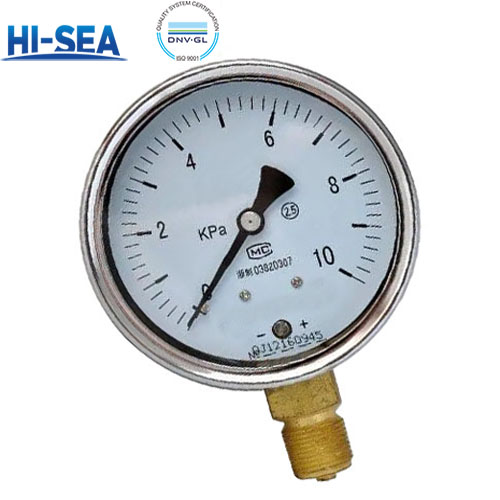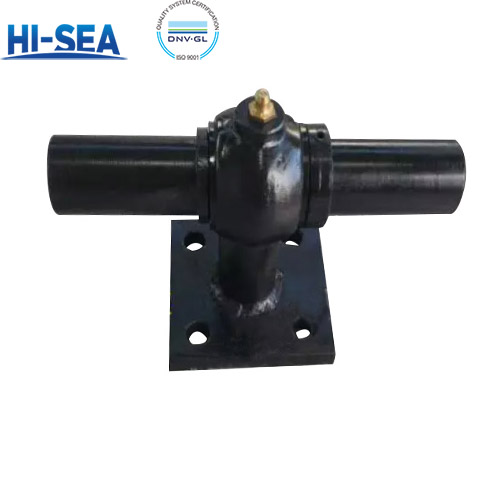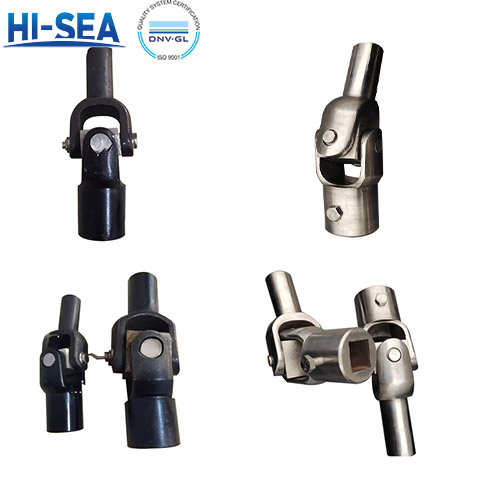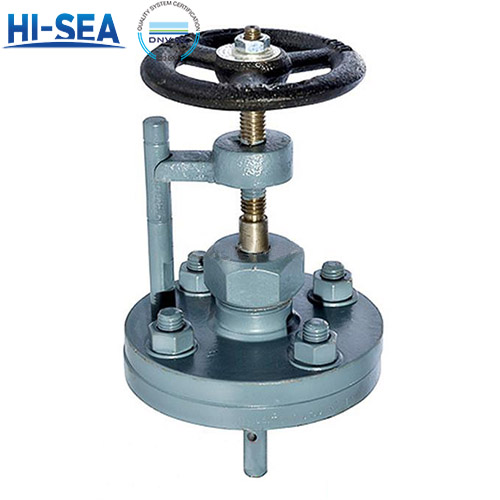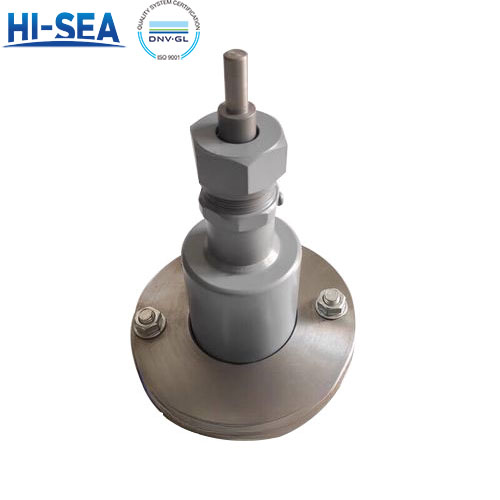
Radial Type Pressure Gauge
A radial pressure gauge is the most common and recognizable type of pressure gauge. It is characterized by its connection (or "stem") being located at the bottom (at 6 o'clock position) of the dial. The pointer moves in a radial (or semi-circular) arc across the dial face.
Overview
Working Principle
The vast majority of radial pressure gauges operate on the Bourdon Tube principle. Here's how it works:
1. Bourdon Tube: Inside the gauge, a C-shaped, coiled, or helical tube (the Bourdon tube) is connected to the stem.
2. Pressure Application: When pressure is applied through the stem, it enters the Bourdon tube.
3. Tube Deformation: The pressurized fluid (gas or liquid) causes the curved Bourdon tube to try to straighten out slightly. This is due to the difference in surface area between the inner and outer walls of the tube.
4. Mechanical Linkage: This slight movement at the tip of the Bourdon tube is amplified by a link-and-sector mechanism or a pinion and gear.
5. Pointer Movement: The amplified movement rotates a shaft, which in turn moves the pointer across the dial, indicating the corresponding pressure.
Common Applications
Radial pressure gauges are used in virtually every industry:
• HVAC Systems: Monitoring compressor and chiller pressure.
• Hydraulics & Pneumatics: On pumps, compressors, and cylinders.
• Water Treatment: Monitoring pump discharge and filter pressure.
• Chemical & Process Plants: Monitoring vessel and pipeline pressure (often in SS or liquid-filled versions).
• Oil & Gas: Wellhead and pipeline pressure monitoring.
• Manufacturing: Machine tool pressure.

